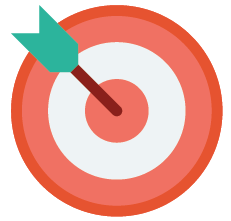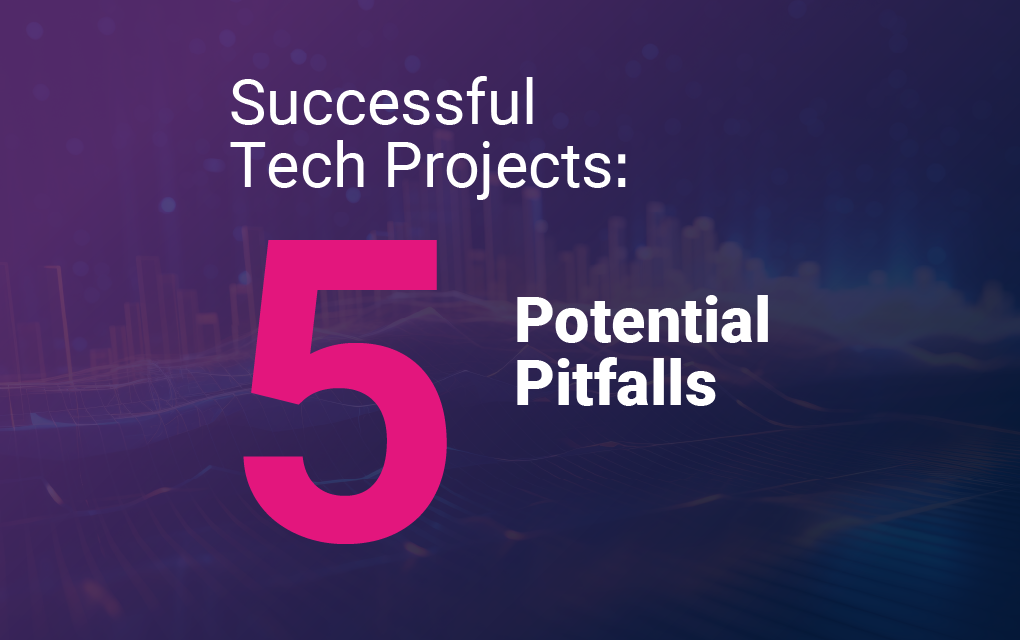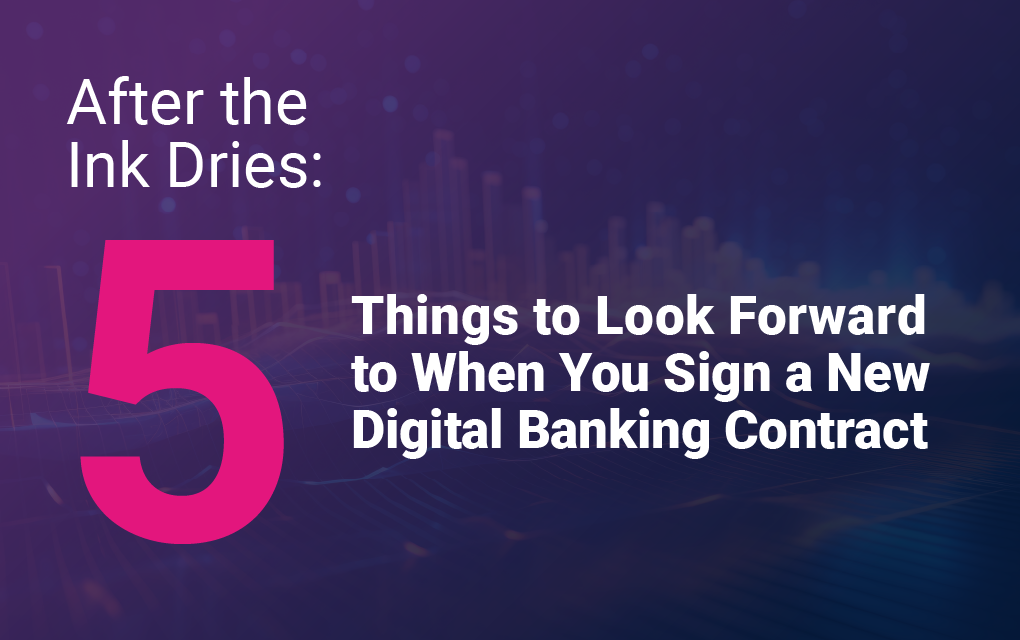Let’s Get This Party Started: What to Expect from Your Digital Banking Conversion
With the possible exception of a core data processing conversion, a digital banking conversion is the most impactful technology project your financial institution can undertake.
The benefits of upgrading your technology are significant, but the challenges are many. The more prepared you are and the more you adhere to best practices, the smoother the transition will be. To that end, Tyfone is publishing a series of guides to help raise your confidence and effectiveness should you decide it’s time for a digital banking upgrade. Previous guides include Successful Tech Projects: 5 Potential Roadblocks and After the Ink Dries: 5 Things to Look Forward to When You Sign a New Digital Banking Contract.
Your old digital banking system (or systems, as the case may be) just wasn’t cutting it. Members weren’t happy. Employees weren’t happy. It was time for a change. So you undertook the monumental task of selecting and deploying a new, modern digital banking platform.
You sat through the demos. You called the references. You negotiated the best possible deal you could on the best possible digital banking platform you could find. Now you’re looking forward to the day when both members and employees alike achieve digital banking nirvana.
However, a lot needs to happen between now and then. A successful digital banking conversion requires a lot of hard work by a lot of dedicated individuals, both from your internal team and from your new digital banking partner’s team. A project of this magnitude requires unwavering diligence, but it’s all very manageable – as long as you know what to expect.
What should you expect and when should you expect it? Intended as a follow-up to After the Ink Dries, that’s what this document is all about.

30 Days Out
There’s a month to go before you flip that switch. All the major decisions have been made and the bulk of the custom coding is done. Now the focus moves to testing. At this point, you need a broader cross-section of pilot testers to ensure that nothing gets missed.
In a perfect world, testing would exist to simply verify that everything is … well, perfect. In the real world, we test to make sure everything is as close to perfect as humanly possible by go-live day. As such, it’s important to understand that late releases and open tickets – even right up to go-live – are to be expected. This period can seem very fluid, so it’s important to remain both flexible and relentless.

Go-Live Day
Tyfone best practices suggest that Saturday is the best choice for go-live, so this document assumes a Saturday go-live.
What to expect from go-live depends largely on two key decisions you’ll need to make:
- Do you want to keep your old system up and running while the new platform ingests its final data dump from the old system?
- Do you want to publicly announce Saturday as the go-live date or do a soft launch Saturday and an official, large-scale launch on Monday?
Your decisions here will affect the user experience. Each financial institution treats these options differently and, as we’ve learned, there is no one best answer.
Regardless, go-live is time for “all hands on deck.” That means, assuming you’ve chosen a Saturday, your employees should expect to put in some weekend hours and you should expect to pay some overtime. If Tyfone is your new provider, we’ll keep a bridge line open for immediate support throughout the day and our staff will be on call for you 24/7 that weekend.

Go-Live Weekend
One of the reasons we recommend a Saturday launch is that digital banking activity is generally lighter on weekends. With this lighter load, you can almost think of that first weekend as extended pilot testing.
Try as we might to catch every edge case prior to go-live, a consumer will inevitably uncover an obscure issue that needs fixing. Your digital banking partner will get these all addressed very quickly so that all systems are go for your first big day.

Big Monday
Your new digital banking platform launched on Saturday and you and your new partner spent the weekend making any necessary tweaks. System-wise you should be ready to rock on Monday. However, despite all the effort you put into your communication plan, many accountholders will wake up to the surprise of a new digital banking experience. That combined with the high activity level that’s typical for a Monday will make for a very busy day.
Call center activity will go up. Depending on your accountholder demographics, branch traffic might go up, too. Some people get freaked out by change, even when it’s a positive change. As long as your employees are well-trained on the new platform and know to expect this increased activity, Big Monday should be manageable (but make sure you have lots of coffee, pizza, ice cream and snacks on hand, your team is going to need it!).

Week One
The first full week of deployment will undoubtedly uncover some minor bugs and issues that need to be addressed. And they will be addressed. Just keep in mind that this is all normal. While perfection is the goal, understand this goal will never be fully achieved.

First Month and Beyond
By the end of the first month, things will have settled down. Employees will be able to return their attention to their “real” jobs. Accountholders will have begun to appreciate all that this digital banking conversion has brought them.

Notes on User Enrollment
We’ve found that user enrollment rates are fairly predictable. The first three or four days will, of course, see the biggest jump. You can expect to see 30-40% of your existing users get re-enrolled during that period. By the end of the first week, more than 50% of your existing digital banking users will be enrolled.
By the end of the first quarter, you will have met or exceeded your previous enrollment under your old system. From there on out, you should expect a month-over-month increase in enrollment of 2-5%. The only time you’re likely to see a significant spike in enrollment is when that spike is driven by some event. For example, were the government to issue a new round of stimulus checks, you’d likely see a noticeable jump in digital banking enrollment.

A Look at Call Center Volumes
Assuming you go live on a Saturday, that Saturday’s call center volume will be similar to what you’d experience on a busy Friday. Some of this extra volume will be from users reporting edge cases that didn’t get caught in earlier testing for whatever reason. Unfortunately, some of the volume will be from accountholders who didn’t avail themselves to all the information you provided as part of your digital banking conversion communication program. In other words, some percentage of accountholders will call in to ask, “What the heck is going on?” There’s no way around that.
Call volume is likely to peak on Monday as more accountholders begin to explore the new platform. The good news is that volumes will start trending down as soon as the end of the first week and will flatten out to their normal level over the coming days and weeks. Thereafter, you’ll only see spikes in call volume related to digital banking when you make some significant change, e.g., you migrate to a new bill-pay provider.

The Good, the Bad and the Ugly of App Store Reviews
If it’s not broken, don’t fix it. That’s how some accountholders will view your new mobile app. They were comfortable with your old app, so why in the world would you go and change it? Of course, you know the answer to that. And you communicated the answer to accountholders as best you could. But some people will resist change no matter how beneficial it is. You need to have a thick skin and keep two things in mind.
First, people tend to make noise when they’re dissatisfied, not so much when they’re satisfied. You may be shocked and disappointed to see five scorching reviews of your new app. However, when you balance that against the 5,000 accountholders who either left positive reviews or didn’t say anything (and therefore were presumably satisfied), you realize that your new app has a satisfaction level of 99.9%.
Second, as noted above, many people resist change – at least initially. If the change truly is beneficial (as this one certainly is), people will eventually embrace it. This is reflected in an app store review posted by an accountholder of an actual Tyfone client.
On go-live weekend, this user posted a one-star review, stating, “I don’t even have it yet and I think it’s bad.” However, a few weeks later, this user updated their rating to four stars, stating, “I’m changing my review from one star to four stars. Resistance to change and frustration affected my first review. I finally figured out how to get logged in. New app looks interesting. Lots of learning to do.”
By the second week, you should see a noticeable uptick in positive reviews. At about the six-month mark, Tyfone customers start to see an average app rating of 4.8 out of 5 stars.
Conclusion
A digital banking conversion is a major undertaking that requires a lot of work and affects a lot of people. Of course, if you’ve outgrown your old digital business banking provider(s), you know it’s well worth the effort. There will be some inevitable twists and turns in the road, but if you choose the right partner and know what to expect, you’ll be able to navigate that road with relative ease.


